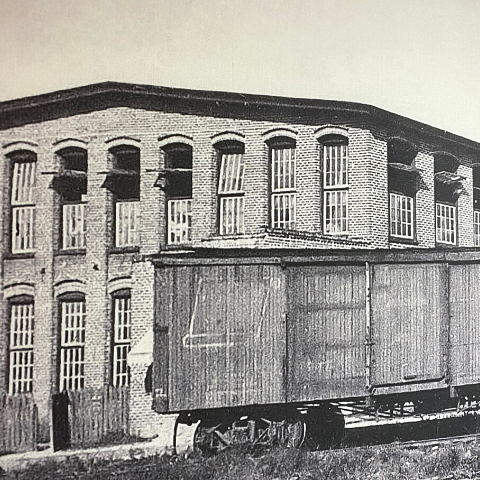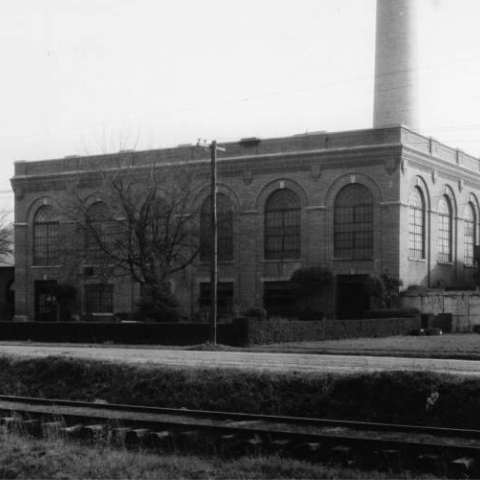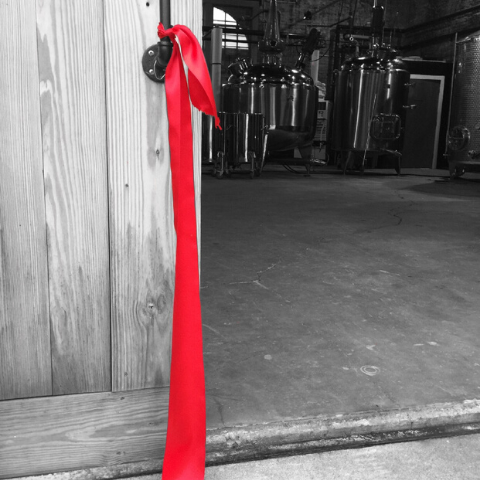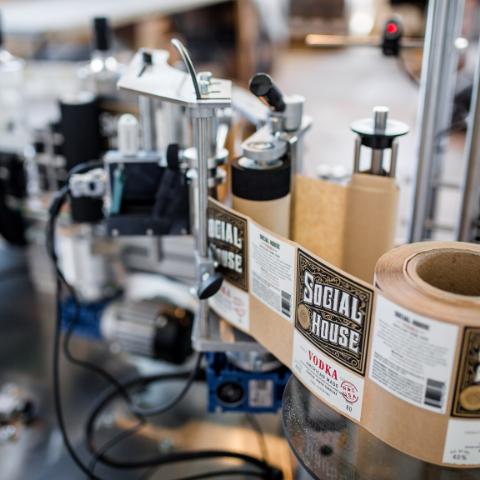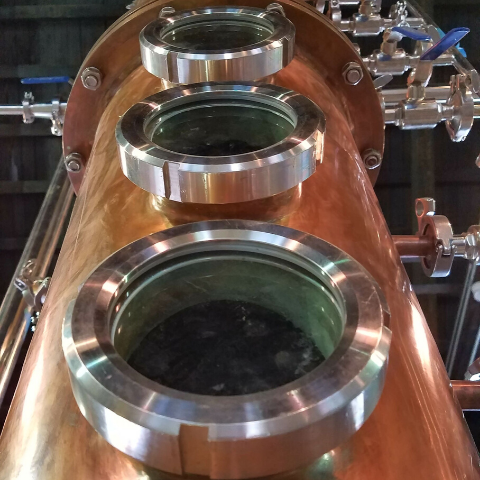Distillery
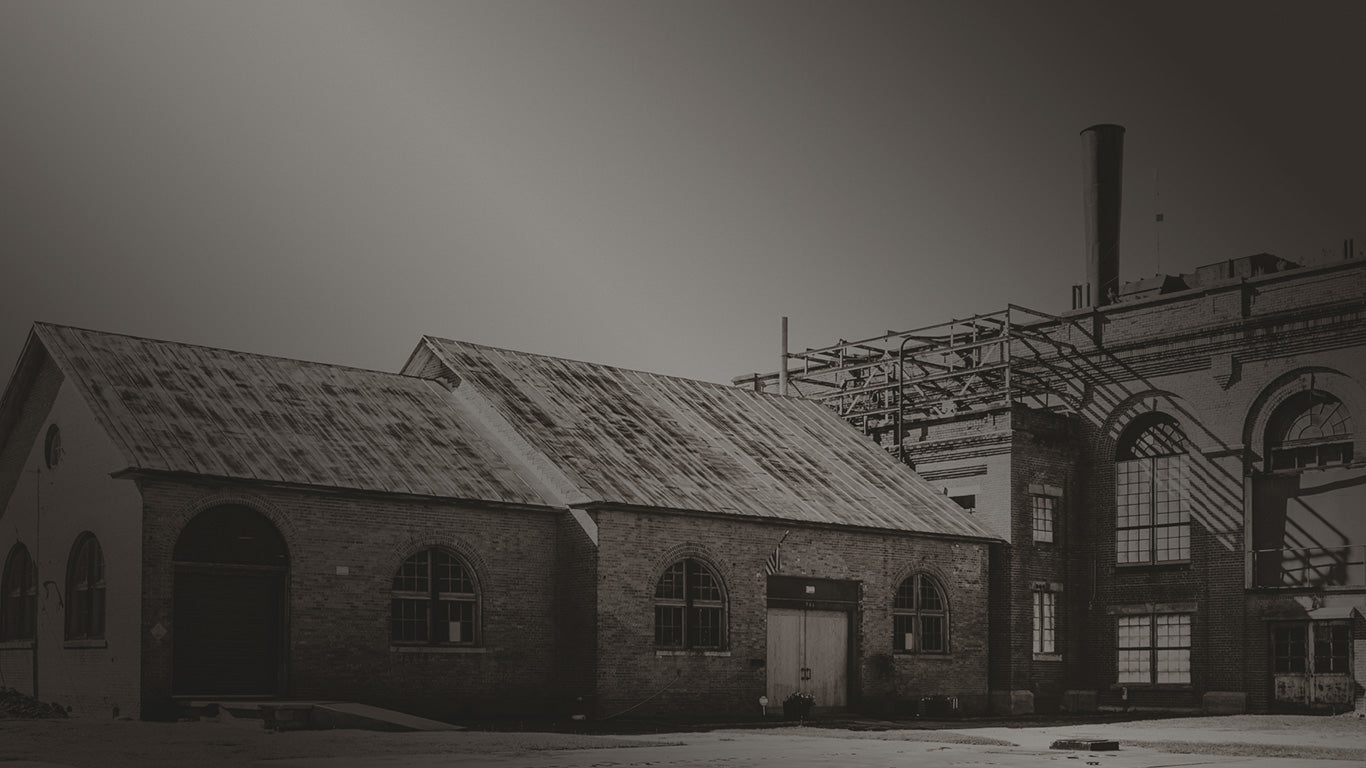
OUR DISTILLERY
SOCIAL HOUSE® vodka is distilled and bottled by Three Stacks Distilling Company. Our Distillery was constructed inside a historic power plant built in 1906, set along the banks of the Neuse River, in Kinston, North Carolina, one of the oldest towns in the state.
We source our ingredients and raw materials from local farmers and suppliers that we know and trust. The Company sources its raw ingredients and supplies from a combination of American small businesses, many of which are from North Carolina's small towns such as Asheville, Bethel, Kinston, Raleigh, Silver Springs, Salisbury, High Point, Greenville, and Wilmington.
Our distillery sources water from the Black Creek Aquifer, via two on-site, deep-water wells. This water drawn from the aquifer has been naturally filtered through fine salt and pepper sands for ten thousand years before making its way into our stills. This natural filtration process allows us to make a vodka of unsurpassed purity and flavor.
We distill all of our products in small batches at our distillery, allowing our distillers the opportunity to make cuts by taste, not automation to ensure the highest quality accomplished by a craft distillery.
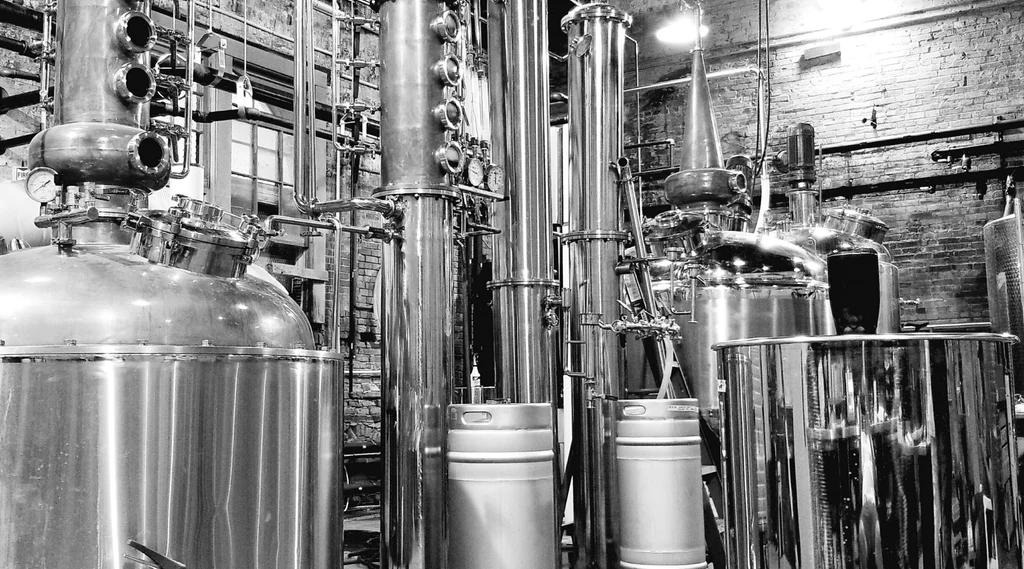
DISTILLERY TOUR
Reserve a tour with one of our distillers for a behind-the-scenes look at how SOCIAL HOUSE® vodka is made. Private tours are available for groups of 4-10 guests by APPOINTMENT ONLY.
Tours can include up to a 45-minute educational experience and guided tasting of our current offerings.
Merchandise and spirits are available for purchase. Please email hello@socialhousevodka.com to schedule your private tour.
HISTORIC POWER PLANT & COTTON MILL
SOCIAL HOUSE® is distilled and bottled by Three Stacks Distilling Company. Our Distillery is set along the banks of the Neuse River, Kinston, North Carolina is one of the oldest towns in the state in a historic Power Plant built in 1906.
Our Distillery site is comprised of two parcels, the historic Kinston City Water Works Pumping Station and Electric Light Plant and the Glen Raven Mill (formerly Caswell Cotton Mill) approximately 0.75 miles west of downtown Kinston and approximately two blocks southwest of the Mitchelltown National Register Historic District.
As a response to the population growth in the early twentieth century, the c.1906 plant was expanded in 1922, nearly doubling the size of the power plant and pumping station. It was enlarged again in 1931, c.1937 and c.1950 with two- and three-story brick additions that provided additional power and water pumping station facilities connected with other pumping stations, reservoirs, and deep wells throughout the city via a pipe system.[1]
In 1940, Kinston received a Works Progress Administration grant that allotted federal funds, combined with city funding, totaling $800,000 for paving improvements, the installation of sewers and water lines, and $300,000 for improvements to the “power house and water system,” which may have included the expansion of the building.[2] In 1949, Kinston appropriated funds originally meant for power plant improvements to extend rural electrification services rather than raising taxes for water and light rates.[3] Yet, plans for expansion were realized around 1950 when the building was enlarged again with the construction of a two-story wing at the northeast corner of the building.
From the 1940s until 1972 the power plant was operated as a coal-fired plant and was continually improved by the city. The plant, which provided power to the water works pumping station, ceased to function in 1972 when the city began purchasing power wholesale from Carolina Power and Light. However, the City of Kinston’s Public Utilities Department, which in 1976 employed one director, two superintendents and thirty-one workers, continued to own and maintain the electrical distribution system, which generated a major source of income for the city.
Since 2008, water service for the City of Kinston and the surrounding area has been provided by seventeen deep groundwater wells located throughout Kinston, only two of which are on this property, as well as the reservoir on this property and a separate water surface plant jointly owned by the City of Kinston and the Neuse River Water and Sewer Authority (NRWASA). Since 1972 the pumping station and power plant buildings have been vacant, used by the city for storage only. However, private redevelopment of the buildings began in 2017 with the birth of Three Stack Distilling Company. The Distillery that makes SOCIAL HOUSE® vodka.
FOOTNOTES:
[1] Little, Ruth M.Coastal Plain and Fancy: The Historic Architecture of Lenoir County and Kinston, North Carolina. Winston-Salem: Lenoir County Historical Society, Inc., 1998, p. 197; 1908, 1914, 1919 Sanborn Insurance Maps of Kinston, North Carolina, North Carolina Maps Collection, the University of North Carolina at Chapel Hill, accessed via http://dc.lib.unc.edu/cdm/search/collection/ncmaps/searchterm/Lenoir%20County!Sanborn/field/spatia!publis/mode/exact!exact/conn/and!and/order/date!title/ad/asc/cosuppress/0
[2] “Kinston Receives Third WPA Grant,”The News and Observer, 2 August 1940. [accessed via North Carolina Collection Clippings Files, Wilson Library, UNC-Chapel Hill, June 2016].
[3] “City Budget is Lacking $55,000 for Fiscal Year,”Kinston (N.C.) Daily Free Press, 6 July 1949. [accessed via North Carolina Collection Clippings Files, Wilson Library, UNC-Chapel Hill, June 2016].


